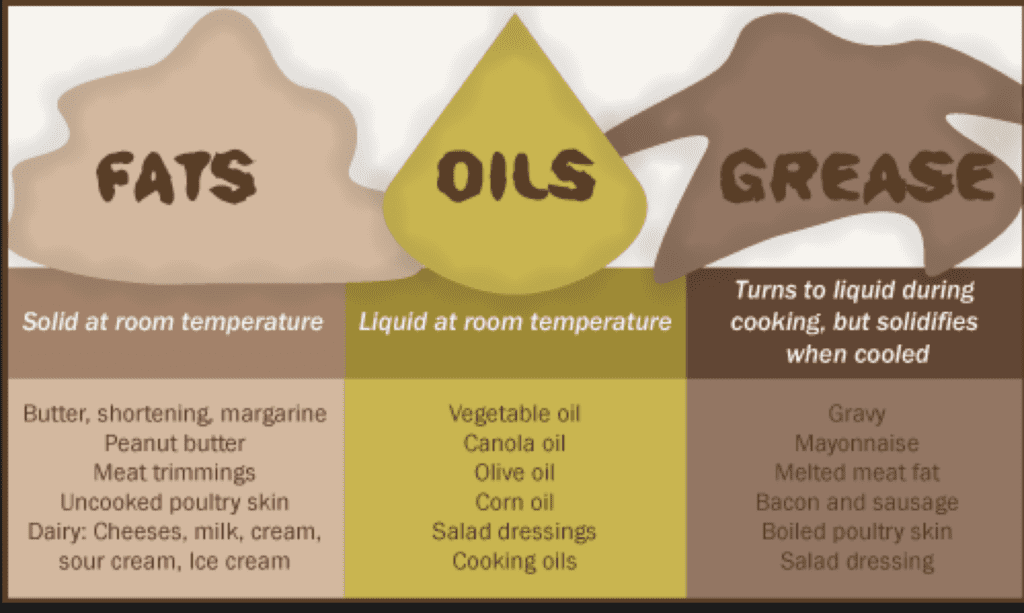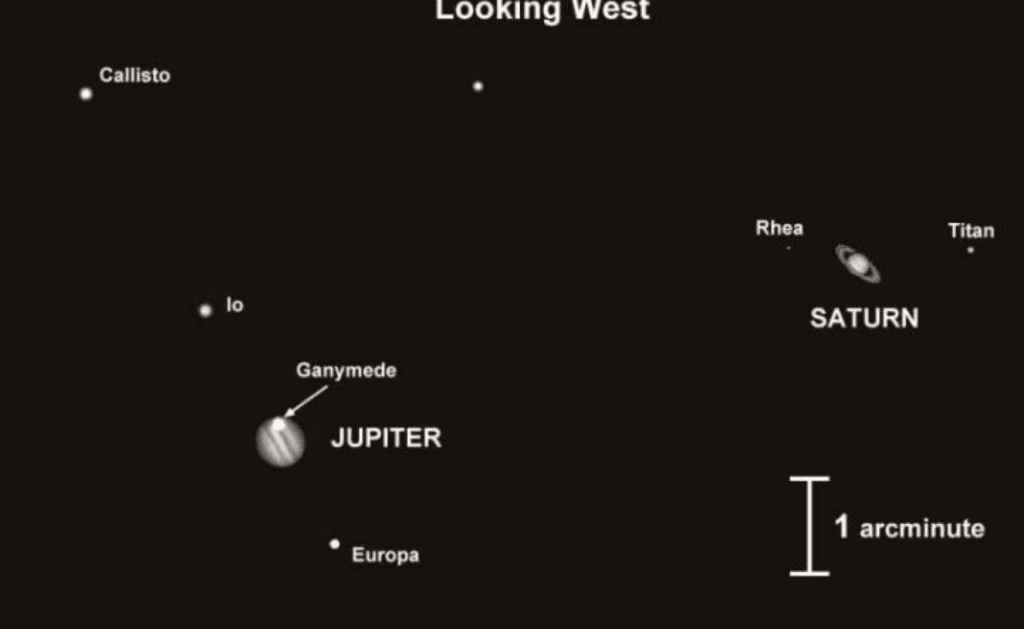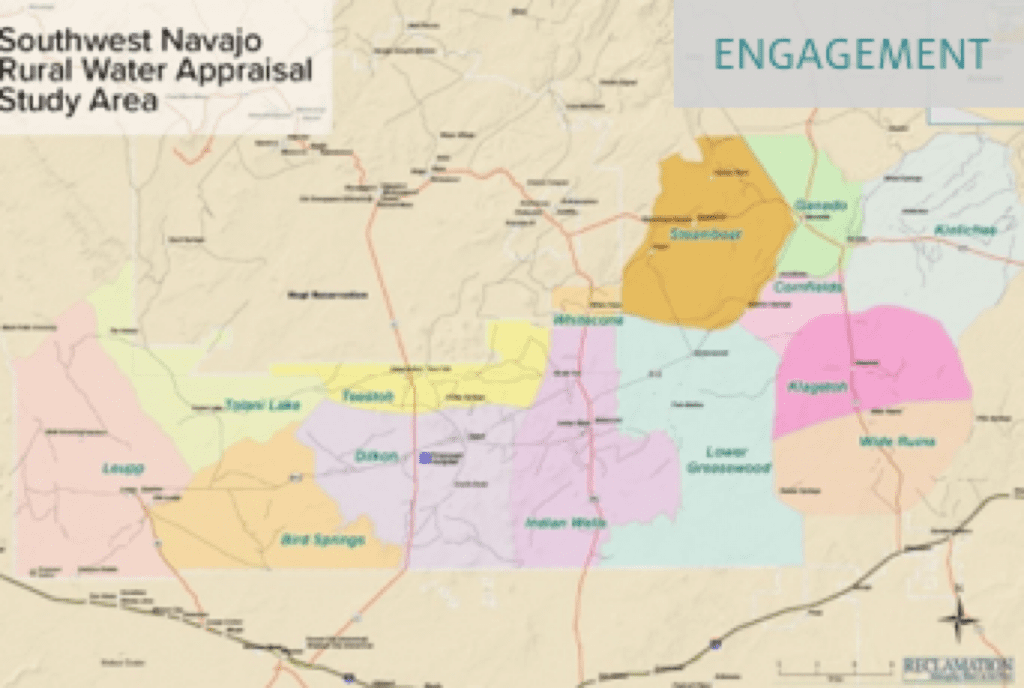Daniel Salzler No. 1080
EnviroInsight.org Seven Items December 11, 2020
Feel Free To Pass This Along To Others
If your watershed is doing something you would like others to know about, or you know of something others can benefit from, let me know and I will place it in this Information newsletter.
If you want to be removed from the distribution list, please let me know. Please note that all meetings listed are open.
Enhance your viewing by downloading the pdf file to view photos, etc. The
attached is all about improving life in the watershed.
This is already posted at EnviroInsight.org
1. H1N1 Virus – Understanding A Little More About Viruses. Viruses are small and, a face value, powerless. They don’t even have the minimal genes required to sustain life functions. Instead, they rely on their hosts for everything but the 10 genes they bring with them. In most viruses, these genes sit on a single piece of DNA or RNA. Influenza, however has divided its genome into eight pieces of RNA. If two different flu genomes mix in the same cellular soup, the RNA segments can shuffle around. This re-assortment can cause new strains of influenza to emerge out of the blue with deadly effect.
The two most important genes that help scientists track flu strain code for the proteins hemagglutinin and neuraminidase. Abbreviated H an N, they help the virus bind to cells in the respiratory tract and bud off from the host cell, after replicating, respectively. They also form the two major ways the immune system recognizes an influenza virus to stimulate antibodies. Scientists have identified 16 different H’s and 9 different N’s in bird species around the world, for a total of nearly 150 possible strains.
For a bird influenza virus to directly infect people, it’s sort of like putting a round peg into a square hole. The cell lining the human respiratory tract look very different to the virus. That’s in part, why only five of the strains have ever caused diseases in humans.
Source “Audubon” Fall 2020. Article “Super Spreaders
2. Six Steps For Safe And Effective Disinfectant Use. – What You Should Do. While many doctors and medical researchers deem disinfectants generally safe, there are concerns when they are used incorrectly or around children and people with asthma or chronic respiratory conditions. The Environmental Protection Agency maintains List-N, a searchable online tool where users can learn about more than 500 products registered with the agency that can be used to kill the coronavirus.
Step 1: Check that your product is EPA-approved
Find the EPA registration number on the product. Then, check to see if it is on EPA’s list of approved disinfectants at: epa.gov/listn
Step 2: Read and follow the directions
Follow the product’s directions. Check “use sites” and “surface types” to see where you can use the product. Read the “precautionary statements.”
Step 3: Pre-clean the surface
Make sure to wash the surface with soap and water if the directions mention pre-cleaning or if the surface is visibly dirty.
Step 4: Follow the contact time
You can find the product contact time in the directions. The surface should remain wet the whole time to ensure the product is effective.
Step 5: Wear gloves and for COVID-19. Wash your hands with gloves on after disinfecting. Wash them again after removing the gloves.
Step 6: Lock it up
Keep lids tightly closed and store out of reach of children.
3. Nationally Acclaimed ‘Glendale Glitters’, November 25th to January 9th. A little different from the past this year. The spectacular 1.7 million lights will twinkle from 5 p.m. to 10pm. Through January 9th. Due to the pandemic, there will be no vendors but you can still walk through the wonders of the lights and visit Glendale’s merchants and restaurants.
4. Don’t Add to The F.O.G. We are in the middle of the “Big Feast” cooking time period, when Turkey’s, Ham, Duck, Pheasant and the fatted goose are cooked for the majority of us to cram into our distending bellies. REMEMBER DO NOT DRAIN YOUR FOG DOWN THE SINK DRAIN!

FOG is a combination of fats, oils, and grease. FOG includes cooking oil, animal fat and lard, grease, butter, tallow, shortening, and margarine which are all used in food processing and in the preparation of food. Kitchen wastes, along with water that has been used to wash kitchen equipment and floors, contain FOG.
a. Wipe or scrape dishes free of vegetables (for the compost) and any FOG with a paper towel before washing them. Meat should not be composted.
b. Any uneaten meat that cannot be refrigerated for consumption at a later time or divided among family and friends, can be fed to dogs, cats, chickens or as a last resort, placed in a plastic trash bag and tossed into your putrescible trash can.
c.. Keep screens or colanders in place where pots, pans and cooking water can drain to catch food, etcetera for the compost waste bin or your putrescible waste container before washing.
d. Install and maintain a grease interceptor, or wipe any/all FOG with a paper towel before washing the container. Toss the paper towel into the waste receptacle.
e. Recycle used cooking oil for popping popcorn, making a new salad dressing, etcetera
f. Never place food waste down a sink drain

According to Forbes, the two planets will look like a “double planet” and provide an extraordinary amount of light. The last time these two planets aligned like this was on March 4, 1226, according to astronomer Patrick Hartigan at Rice University.
6. Bureau of Reclamation (BOR) Article Series, Part 1: The West Salt River Valley Basin Study. The series will cover the three Basin Studies currently underway in Arizona. John Rasmussen, Eve Halper, and Valerie Swick, Water Resource Planners at Reclamation, authored the series.
The US Bureau of Reclamation (Reclamation) funds all kinds of programs to benefit water managers across the West. Some of these programs apply broadly to watersheds. The Basin Study Program is one example. The Basin Study Program is authorized by the SECURE Water Act and is part of Reclamation’s WaterSMART (Sustain and Manage
America’s Resources for Tomorrow) Program. These collaborative studies are cost-shared with non-federal partners with the goal of ensuring reliable water supplies for the future at the basin scale. Each Basin Study evaluates current and future water supply an demand scenarios, including the impacts of climate change, drought, population growth, and any other stressors present in the basin; analyzes how existing water and power infrastructure and operations will perform given current and future water supply and demand imbalances; and identifies strategies to address these imbalances.
Arizona is fortunate to have three of these Basin Studies now underway: one in the Phoenix area (West Salt River Valley Basin Study), one in the Tucson area (Lower Santa Cruz River Basin Study), and one in the

early stages of development in Pinal County (Eloy-Maricopa Basin Study). The study areas are located within Active Management Areas (AMAs), as defined by the Arizona Department of Water Resources (ADWR), and derive their boundaries from ADWR-defined basins. The wealth of data collected by ADWR provides each basin with a strong foundation for evaluating current supplies and demands. In addition, residents of all three basins rely on Central Arizona.
Project water for their municipal, industrial, and agricultural needs, and therefore are experiencing similar challenges associated with this supply.
While the three Basin Studies have much in common, the structure of each study is tailored to the interests of the non-federal partners, giving each a different focus. In this series of four articles, the Weekly Wave will summarize each of the three studies, from the closest to completion to the most recently initiated. The fourth article will discuss the commonalities of the studies and present potential next steps. Today, we spotlight the West Salt River Valley Basin Study, which was initiated in 2015
To complete the WSRV Basin Study, Reclamation is partnering with the West Valley Water Association (WVWA) and other interested parties. The WVWA is a collaboration of municipal and private water providers, along with interested water agencies. The WSRV study area is about 3000 square miles located in the western portion of the Phoenix metropolitan area – one of the fastest growing areas in the nation. Municipal
7. HANS Power & Water LLC Has Created A Water Purifier The Size Of A Dishwasher. This small device is capable to removing contaminants and making the water as pure as bottled water. It removes viruses, bacteria, and hundreds of chemicals known to the EPA. You can lease a unit for $120 month. For more information go online to HANS Power & Water.com
8. Time Is Running Out To Make Your Contribution To Non-Profit Organizations. Remember that every dollar you contribute to a non-profit, is a dollar you can take off your taxes, while helping a group that is trying to do good for the community, country or world. Find a good one, and contribute before December run out.
